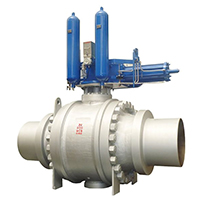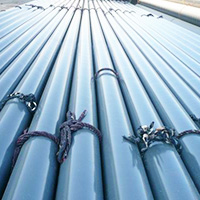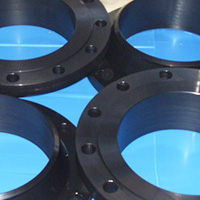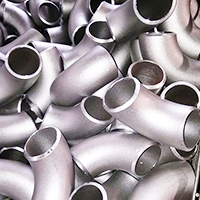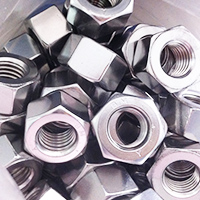Ball valve is a ball as a closing member of the valve, mainly for the valve body, seat, ball, stem, handle (or other driving devices, such as: electric actuators, pneumatic actuators or hydraulic actuators), driven by the valve stem, and rotating around the ball valve axis for rotary motion in the pipeline is mainly used to do to cut off the distribution of the medium and coup the direction of flow.
According to the structure form can be divided into.
Floating ball valve: ball valve ball is floating, in the media pressure, the ball can produce a certain displacement and tightly pressed on the sealing surface of the outlet end, to ensure that the outlet end of the seal.
Floating ball valve structure is simple, good sealing, but the ball to withstand the load of the working medium all the way to the outlet sealing ring, so we should consider whether the sealing material can withstand the working load of the ball medium. This structure, widely used in low-pressure ball valves.
Fixed ball valve: ball valve ball is fixed, pressure does not produce movement. Fixed ball valve with floating seat, by the media pressure, the valve seat to move, so that the sealing set tightly pressed on the ball to ensure that the seal.
Seal. Usually with the ball on the upper and lower shafts are equipped with bearings, operating torque is small, suitable for high-pressure and large-diameter valves.
In order to reduce the torque of the ball valve and increase the degree of availability of the seal, in recent years and the emergence of oil-sealed ball valves, both in the sealing surface between the pressure injection of special lubricating oil to form a layer of oil film, that is, to enhance the sealing, and reduce the operating torque, in order to ensure the seal.
Seal, but also reduces the operating torque, more suitable for high-pressure large-diameter ball valves.
Third: Elastic Ball Valve
Elastic Ball: Ball and Seat sealing anonymous are made of metal materials, sealing specific pressure is very large, according to the medium itself, the pressure has been unable to meet the sealing requirements, must be applied to external forces, this valve is suitable for high temperature and high pressure media.
Elastic ball is the lower end of the inner wall of the ball to open an elastic groove. And get elastic. When closing the channel. With the wedge-shaped head of the valve stem to make the ball open and the valve seat pressure to achieve sealing. Before rotating the ball to loosen the wedge-shaped head, the ball and then return to its original shape, so that the ball and the seat of the valve appeared between a small gap, can reduce the friction of the sealing surface and the operating torque.
There are also the following commonly used ball valve classification methods:
According to the Pressure Size:
High Pressure Ball Valve, Medium Pressure Ball Valve, Low Pressure Ball Valve
By Channel Type:
Full Diameter Ball Valve; Reduced Ball Valve.
By channel location:
Straight Way, Three Way, Right Angle
By Temperature:
High Temperature ball valve, normal temperature ball valve, low temperature ball valve, ultra-low temperature Ball Valve
By Seal Fform:
Soft seal Ball Valve, hard seal Ball Valve
Stem Assembly:
Top type Ball Valve, side mounted Ball Valve
By Connection Form:
Flange Ball Valve, Welded Ball Valve, Threaded Ball Valve, Clamp Ball Valve
By Driving Mode:
Manual Ball Valve, Automatic Control Ball Valve (Pneumatic Ball Valve, Electric Ball Valve, Hydraulic Ball Valve)
According to the Diameter Size:
Large Diameter Ball Valve, Large Diameter Ball Valve, Medium Diameter Ball Valve, Small Diameter Ball Valve

